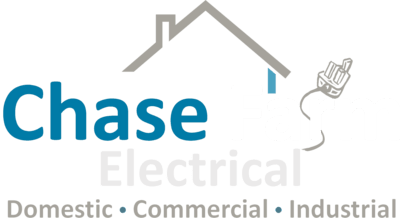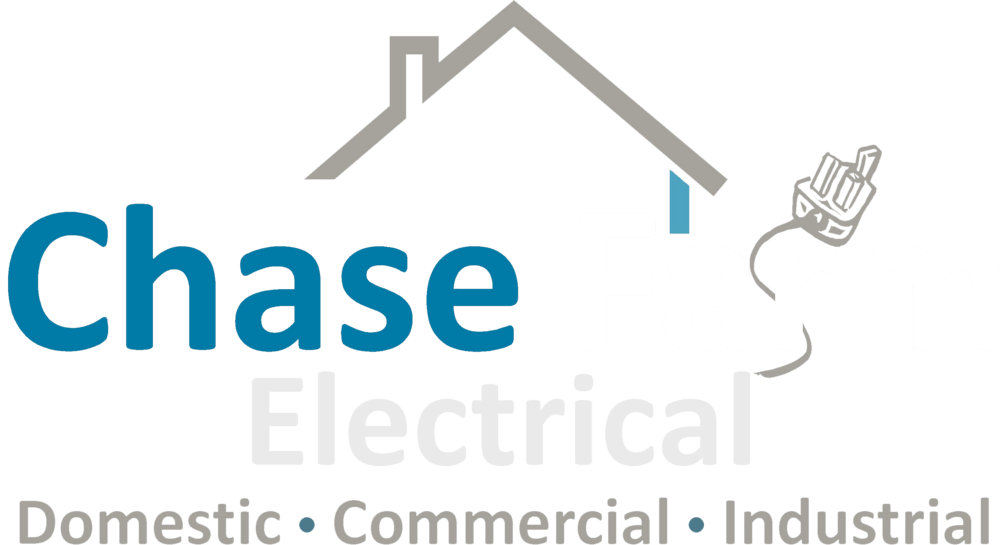
posted 2nd January 2025

Understanding EICR: How to Carry Out an Electrical Installation Condition Report for Rentals
Did you know that failing to meet electrical safety standards is one of the top reasons rental properties fall short of compliance? As a landlord or property manager, ensuring your rental properties are safe and legally compliant is essential—not just for your peace of mind, but for the safety of your tenants.
Our comprehensive guide to Electrical Installation Condition Reports (EICR) for rental properties is here to help. This step-by-step resource equips you with the knowledge and tools to assess and maintain the electrical safety of your properties.
From understanding why an EICR is essential to learning how to inspect key components like wiring, sockets, switches, and fuse boxes, this guide has you covered. You'll gain the confidence to identify potential hazards, address shortcomings, and ensure your properties meet legal requirements.
By following this guide, you’ll not only fulfil your obligations as a landlord but also protect your investment and reassure your tenants that their safety is your priority. Let’s demystify the EICR process and empower you to make informed decisions about electrical safety in your rental properties.
The Importance of Electrical Installation Condition Reports for Rental Properties
Electrical safety in rental properties is not just a legal obligation—it’s a moral responsibility. Ensuring that your property meets current safety standards protects your tenants, safeguards your investment, and enhances your reputation as a responsible landlord. This guide explores the critical role of Electrical Installation Condition Reports (EICRs) for rental properties, helping you understand their value, legal requirements, and how to navigate the process effectively.
Why EICRs Matter for Rental Properties
Electrical Installation Condition Reports (EICRs) are essential for maintaining high safety standards in rental properties. These reports provide a thorough assessment of your property's electrical installations, ensuring they are safe for use and compliant with current regulations.
For landlords, EICRs are not just about ticking a compliance box—they are a proactive measure to prevent electrical accidents and fires, which can have devastating consequences for both tenants and property owners.
Beyond safety, regularly conducting an EICR can increase the value of your rental property. A property with up-to-date safety certifications signals to prospective tenants that you prioritize their well-being, which can improve tenant retention and potentially justify higher rental prices.
In a competitive rental market, prioritizing electrical safety through EICRs sets you apart as a landlord who goes the extra mile.
Legal Requirements for EICRs in Rental Properties
In the UK, the Electrical Safety Standards in the Private Rented Sector (England) Regulations 2020 require landlords to:
- Conduct an EICR at least every five years.
- Provide tenants with a copy of the report within 28 days of the inspection.
- Address any issues identified in the report promptly.
Failure to comply with these regulations can result in significant penalties, including hefty fines or legal action. Staying informed about both national and local requirements is critical for avoiding non-compliance and maintaining a safe living environment for tenants.
Key Components of an EICR
An Electrical Installation Condition Report evaluates several critical areas to ensure the safety and functionality of your property’s electrical system. These include:
- Wiring Systems: Assessing for damage, deterioration, or wear that could pose hazards.
- Sockets and Switches: Checking for loose connections, visible damage, and proper installation.
- Earthing and Bonding: Ensuring the system can safely redirect excess current to prevent electric shocks.
- Residual Current Devices (RCDs): Testing their efficiency in protecting against fire risks and electric shocks.
- Consumer Unit (Fuse Box): Ensuring it meets modern standards with adequate circuit breakers and safety features.
By understanding these components, landlords can appreciate the thoroughness of an EICR and why it is a vital step in maintaining property safety.
The EICR Process
Conducting an EICR involves a systematic process:
1. Hire a Qualified Electrician: Choose a certified professional registered with bodies like NICEIC or ECA to ensure accurate inspections.
2. Schedule the Inspection: Coordinate with your tenants for access and inform them about the process.
3. Visual Assessment: The electrician will visually inspect wiring, sockets, switches, and the fuse box for any visible damage or faults.
4. Testing: Various tests, such as earth connection checks and RCD functionality tests, will be conducted.
5. Report Compilation: The electrician will provide a detailed report categorizing issues (C1: Immediate danger, C2: Potential danger, C3: Recommended improvements) and offering recommendations.
This process typically takes a few hours, depending on the size and complexity of the property.
Addressing Issues Found in an EICR
After receiving the EICR results:
C1 Issues: Address immediately to eliminate hazards. These are critical safety risks that require urgent action.
C2 Issues: Plan to resolve these promptly to prevent them from escalating into safety threats.
C3 Issues: While not urgent, consider upgrading these areas to enhance safety and modernize your property.
Proactively addressing EICR findings not only ensures compliance but also demonstrates your commitment to tenant safety and property maintenance.
Benefits of Prioritizing EICRs
Regular EICRs offer several benefits for landlords:
- Safety Assurance: Protect tenants from electrical accidents and hazards.
- Legal Compliance: Avoid fines and penalties by meeting regulatory standards.
- Enhanced Property Value: Increase tenant trust, retention, and marketability.
- Peace of Mind: Reduce liability and protect your investment against potential electrical issues.
Conclusion and Key Takeaways
Electrical Installation Condition Reports (EICRs) are a cornerstone of responsible property management. By conducting regular EICRs, addressing identified issues, and adhering to legal requirements, landlords can ensure their properties are safe, compliant, and appealing to tenants.
Prioritise electrical safety today—hire a qualified electrician, stay informed about regulations, and make EICRs an integral part of your property management strategy.
At Chase Farm Electrical, we specialize in providing reliable and professional EICR services tailored to landlords and property managers. Let us help you navigate the complexities of electrical safety with confidence and ease.
Contact Chase Farm Electrical today to schedule your EICR inspection and experience the difference of working with trusted experts!
Click below and explore our examples of completed work to see how we’ve helped rental properties like yours maintain electrical safety and peace of mind.






